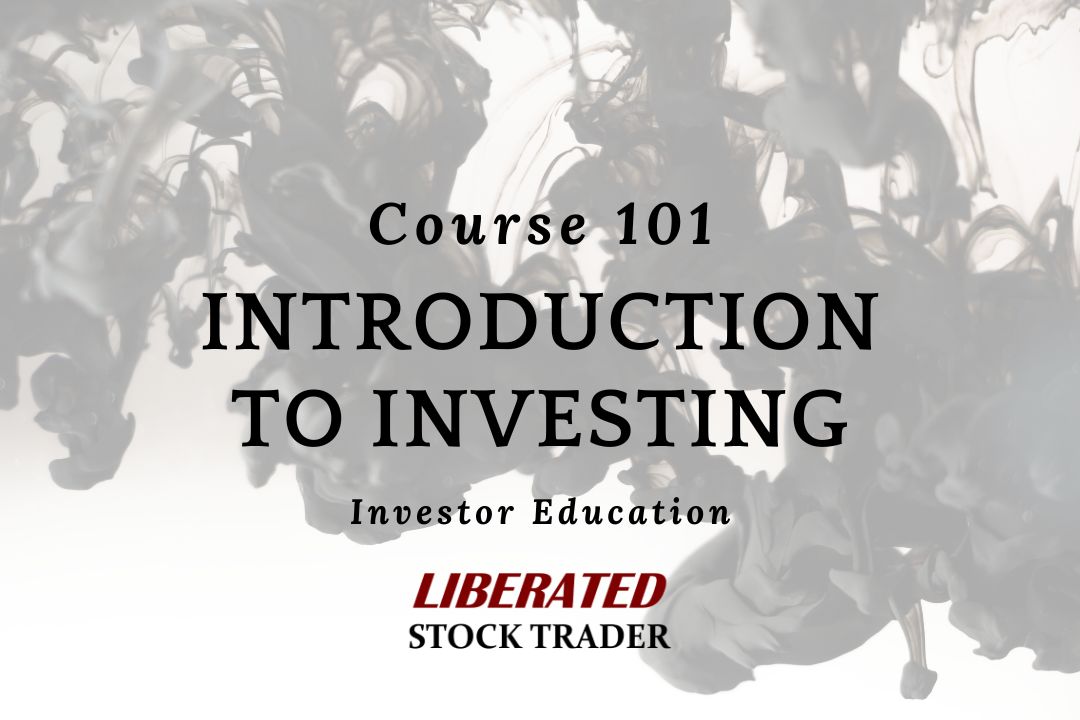There are two main types of stock: common stock and preferred stock. Common stock is the most basic form of stock and gives shareholders voting rights and a share in the profits or losses of the company.
Preferred stock does not give shareholders voting rights but does give them priority over common shareholders in terms of dividends and assets if the company is liquidated.

Common Stock
Common stock is the most broadly available type of stock. This is what you would typically purchase when buying through brokers. It represents a stake in the company. If there are 10 million shares available for a company on the market and Bob purchases 1 million, this will give Bob a 10% stake in the business.
Along with purchasing common stock, you will get other benefits, such as voting rights and the right to receive paid dividends. The voting rights will give you a vote in the election of the board of directors and corporate policy.
One of the negatives of owning common stock compared to being an owner of corporate bonds or a preferred stockholder is that you are further down in the pecking order to receive your investment back should the company go into liquidation. In this instance, first, the bondholders and other loan providers are paid, then the preferred shareholders, and lastly, the common stockholders.
The most significant benefit of being a common stockholder is that you will benefit the most from the growth in the share price. Also, common stock is typically floated on a regulated exchange and maintains good liquidity. Liquidity means there are usually enough buyers and sellers to ensure the stock is priced fairly.
Preferred Stock
Preferred stock is the type of stock that has more benefits in terms of claims on the underlying assets of the business in comparison with common stock. It is essential to read the small print when buying preferred stock, as the exact rights of preferred stock vary from company to company. In general, the agreement structure will exclude voting rights and include a higher priority on dividend payments versus common stockholders.
One drawback apart from the lack of voting rights is that the preferred stock may not be available on the open market, meaning that it may not appreciate as much as common stock and might not have the required amount of liquidity if you wish to sell.
Mutual Fund Stocks
Mutual funds are a type of investment that pools money from many different investors and invests it in various securities. Mutual funds offer investors diversification, which can help reduce risk. However, mutual funds also carry fees and expenses, which can offset some benefits.
Classes of Stock
There are also different classes of stock, which can have different voting rights and dividend payments. Class A shares, for example, may have one vote per share, while Class B shares may have two votes per share.
Preferred stock is a type of stock that gives holders priority over common shareholders in terms of dividends and assets if the company is liquidated. Preferred stock does not give holders voting rights. Classes of preferred stock can have different dividend payments. Class A shares, for example, may have a higher dividend payment than Class B shares.
Penny Stocks
Penny stocks are so-called because they tend to have a stock price below one dollar or even a few cents. While penny stocks may give the impression that they can double in value any minute and seem exciting to trade, the fact is they are penny stocks for a reason.
5 Reasons penny stock are worthless:
- Weak products
- Selling in a weak or shrinking market
- They may be out of favor with investors or not be on the radar.
- They could be heavily in debt
- They have weak management
Stock prices are low because the market does not value the company highly. So why would you buy them? Also, many microcaps (penny stocks) are not directly traded on regular exchanges but in the over-the-counter (OTC) or pink sheets market. This means you might see wider spreads and severely reduced liquidity.
Liquidity is everything when trading stocks because even if the price rises, you may be unable to sell the stock at the price you want because no one else is buying. Also, even worse, with low liquidity, if the stock is falling and you want to sell, there may be no buyers, which can crush the value of the stock, causing you to wipe out entirely.
Many new “hot stocks” newsletters have sprung up over the years to break into this lucrative market; they offer their services for free.
Just do not forget that a few things are “FREE” in this world, and the price you pay for these free newsletters is that the information will be biased against you.
What type of stock should I invest in?
There are many different types of stocks that you can invest in, and the type that is right for you will depend on your investment goals. If you are looking for a stock that will provide income, you may want to invest in a dividend stock.
If you are looking for a stock that appreciates, you may want to invest in a growth stock. There are also many other types of stocks, such as international and penny stocks.
Stock vs. Share Price: Open, Close Bid, Ask & Spread Explained
